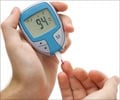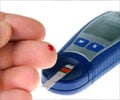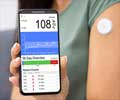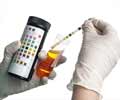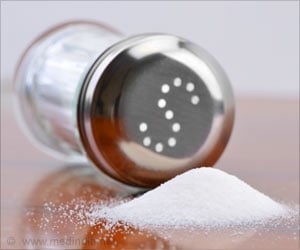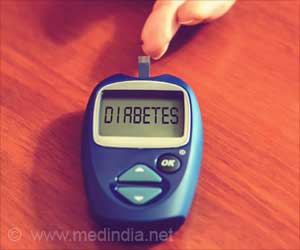Medical tattoos would soon replace needle sticks needed to monitor glucose levels, say scientists.

Medical tattoos could also be adapted to monitor any number of other medically important molecules.
"We can follow the same trends as a finger stick glucometer," Discovery News quoted Heather Clark, a scientist at the Draper Laboratory near Boston as saying.
Her study describes the team's glucose monitoring tattoo, which isn't a true tattoo.
A typical tattoo involves repeatedly sticking a patient with a solid needle that penetrates deep into the skin to permanently stain the tissue with dark colours.
However, Clark's prototype medical tattoo would use a single stick from a hollow needle to stain the first few layers of skin yellowish orange for about a week.
Advertisement
Glucose is drawn into the heart of the sensors, where it changes the colour of a tiny pigment molecule.
Advertisement
While the change in colour would be almost unnoticeable to the human eye, the difference is enormous if viewed from a special handheld camera.
In the study, the researchers successfully tracked glucose levels in mice as they rose and fell with their camera.
To ensure their readings were accurate, they also measured the amount of glucose in the blood at the same time.
The blood glucose levels matched the glucose levels in the skin, which was measured by Clark's tattoo.
Tracking a rising or falling glucose level through the skin is an accomplishment, but without detailed readings the use will be limited for diabetics.
Thankfully the researchers have also developed nanosensors that give exact measurements of glucose levels in the body, which they plan to test next year.
Clark hopes patients would soon be picking up an EpiPen-like device from their local pharmacists and self-administering the tattoo once a week.
To read the tattoo, patients would need a cell-phone sized reader, or possible just a cell phone, said Clark.
All a diabetic would need to do is pull out their cell phone and take a picture of the tattoo.
The study has been published in the journal Analytical Chemistry.
Source-ANI
SRM

